Candied Jalapenos / Cowboy Candy Recipe
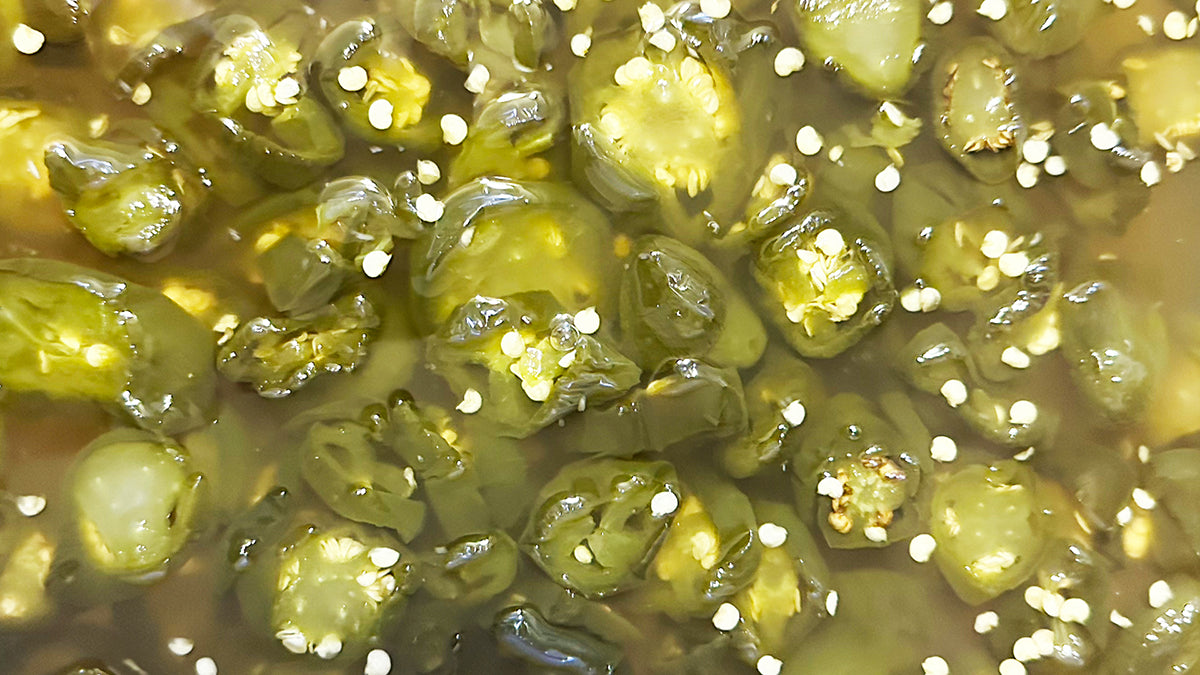
What is cowboy candy?
"Cowboy Candy" refers to a sweet and spicy candied jalapeño pepper that has become a popular homemade or artisanal treat. The name itself suggests a rugged, flavorful, and perhaps slightly fiery character, fitting the idea of something enjoyed by cowboys or lovers of bold, spicy flavors.
How do you use cowboy candy?
Cowboy Candy can be enjoyed in various ways:
1. Condiment:
- Serve Cowboy Candy as a condiment alongside grilled meats, sandwiches, or cheese boards. The sweet and spicy kick adds a flavorful element to dishes.
2. Appetizer:
- Incorporate Cowboy Candy into appetizers or hors d'oeuvres. It pairs well with cream cheese or goat cheese for a tasty spread.
3. Toppings:
- Use candied jalapeños as a topping for tacos, burgers, hot dogs, or even pizzas to add a sweet and spicy twist.
4. Gifts:
- Cowboy Candy is often jarred and given as gifts. The combination of sweet, spicy, and tangy flavors makes it a unique and appreciated present for food enthusiasts.
Note:
The heat level of Cowboy Candy can be adjusted based on personal preference. Leaving the seeds and membranes in the jalapeños will result in a spicier end product.
This homemade delicacy has gained popularity for its versatility and the ability to elevate a variety of dishes with its distinctive sweet and spicy profile.
Cowboy Candy, with its sweet and spicy profile, can complement burnt ends quite well. Burnt ends, which are flavorful, caramelized cubes of smoked meat (often from the point end of a brisket), benefit from the contrast provided by the sweet and tangy notes of Cowboy Candy. The combination creates a harmony of flavors that many people find appealing.
What can I use the cowboy candy syrup for?
You can use the syrup from Cowboy Candy for sauces, and it can add a unique sweet and spicy flavor to your culinary creations. The syrup, infused with the sweet and tangy essence of the candied jalapeños, can be a versatile ingredient in various sauce applications. Here are a few ideas on how you can use Cowboy Candy syrup in sauces:
1. Barbecue Sauce:
- Incorporate the Cowboy Candy syrup into your homemade barbecue sauce. The sweet and spicy notes will complement the smokiness of grilled or smoked meats. Adjust the quantity based on your desired level of sweetness and heat.
2. Glaze for Grilled Meats:
- Use the syrup as a glaze for grilled meats. Brush the syrup onto chicken, pork, or beef during the last few minutes of grilling for a flavorful caramelized finish.
3. Dipping Sauce:
- Mix the Cowboy Candy syrup with other ingredients like soy sauce, ginger, and garlic to create a sweet and spicy dipping sauce. This can be used for appetizers, spring rolls, or grilled meats.
4. Stir-Fry Sauce:
- Add Cowboy Candy syrup to stir-fry sauces for a sweet and spicy kick. The syrup can enhance the overall flavor of the stir-fry and add depth to the dish.
5. Marinade:
- Use the syrup as part of a marinade for meats or vegetables. The sweetness helps to caramelize the exterior during cooking, while the spiciness adds a kick of flavor.
6. Salad Dressing:
- Create a unique salad dressing by combining Cowboy Candy syrup with ingredients like olive oil, balsamic vinegar, and Dijon mustard. This can add a sweet and spicy twist to your salads.
7. Drizzle for Cheese or Charcuterie Boards:
- Drizzle the Cowboy Candy syrup over cheeses or charcuterie boards to add a sweet and spicy element. This can elevate the flavors of the cheeses and cured meats.
When using Cowboy Candy syrup in sauces, it's essential to taste and adjust the quantities to achieve the desired balance of sweetness and spiciness. Additionally, consider the specific flavor profile you want to achieve in your dish, and feel free to get creative with other complementary ingredients.
What is a sous vide?
Sous vide is a cooking method that involves cooking food in vacuum-sealed bags at a precisely controlled temperature in a water bath. The term "sous vide" is French and translates to "under vacuum," reflecting the key element of vacuum-sealing the food before cooking.
Here's how the sous vide cooking process typically works:
1. Vacuum Sealing:
- Food, usually meat or vegetables, is placed in a vacuum-sealed bag or pouch. The vacuum-sealing removes air and creates a tight seal around the food.
2. Temperature Control:
- A water bath or immersion circulator is used to heat the water to a very precise temperature. The temperature is set to the desired doneness level for the specific type of food being cooked.
3. Cooking in Water Bath:
- The vacuum-sealed bags containing the food are then immersed in the precisely heated water bath. The water temperature is maintained at a constant level throughout the cooking process.
4. Slow and Even Cooking:
- The sous vide method allows for slow and even cooking of the food. Because the water temperature is precisely controlled, the food cooks uniformly, resulting in consistent doneness from edge to edge.
5. Finishing Touch:
- After the sous vide cooking, some recipes may involve finishing the food by quickly searing, grilling, or using other high-heat methods to add a desirable crust or color to the exterior.
Benefits of Sous Vide Cooking:
- Precision:
- Sous vide cooking allows for precise temperature control, ensuring that the food reaches the desired level of doneness without overcooking.
- Consistency:
- Because of the even cooking temperature, sous vide produces consistent results, making it easier to achieve the perfect level of doneness every time.
- Retained Moisture:
- Vacuum-sealing the food helps retain moisture, resulting in juicy and flavorful dishes.
- Convenience:
- Sous vide cooking is convenient, especially for busy individuals, as it allows for some flexibility in timing. Once the food reaches the desired temperature, it can remain in the water bath without overcooking.
- Reduced Risk of Overcooking:
- The precise temperature control minimizes the risk of overcooking, making it especially useful for cooking delicate proteins like fish or eggs.
Sous vide has gained popularity in both professional and home kitchens for its ability to produce consistent and high-quality results. It is often used for cooking proteins like steaks, chicken, and fish, but it can also be applied to vegetables and desserts. Sous vide equipment, including immersion circulators and vacuum sealers, is widely available for home use.

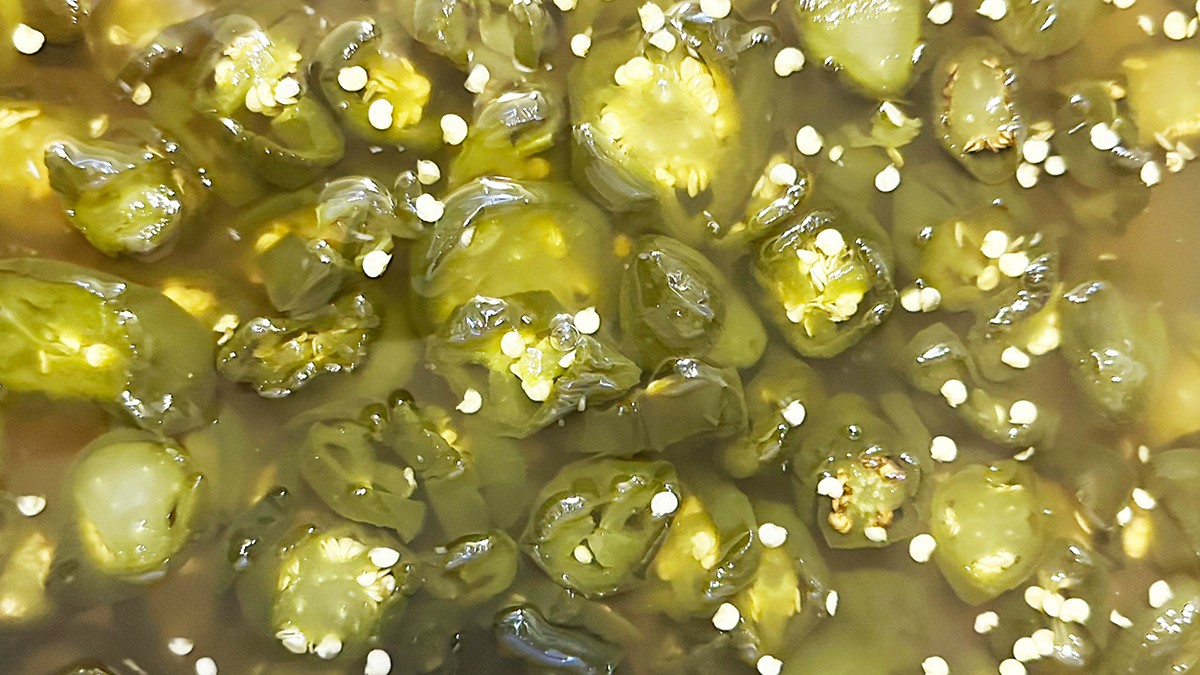
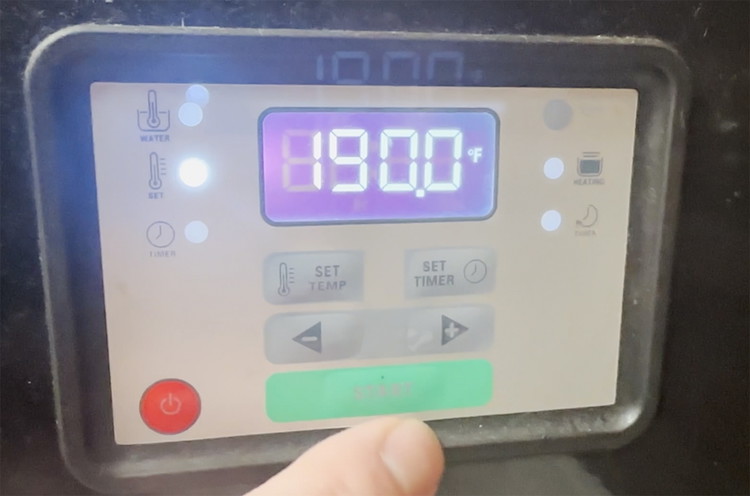
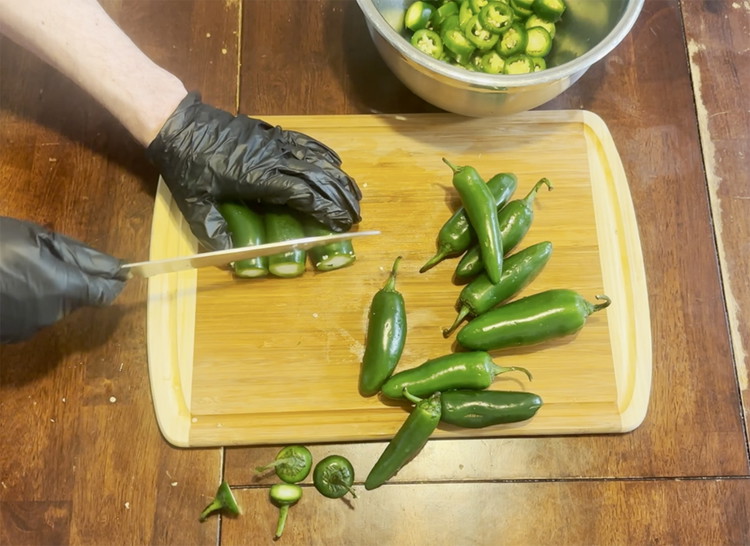
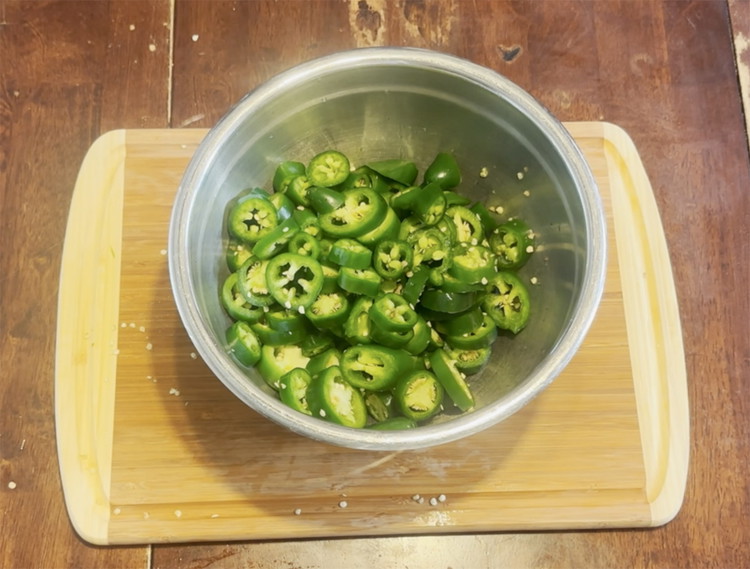
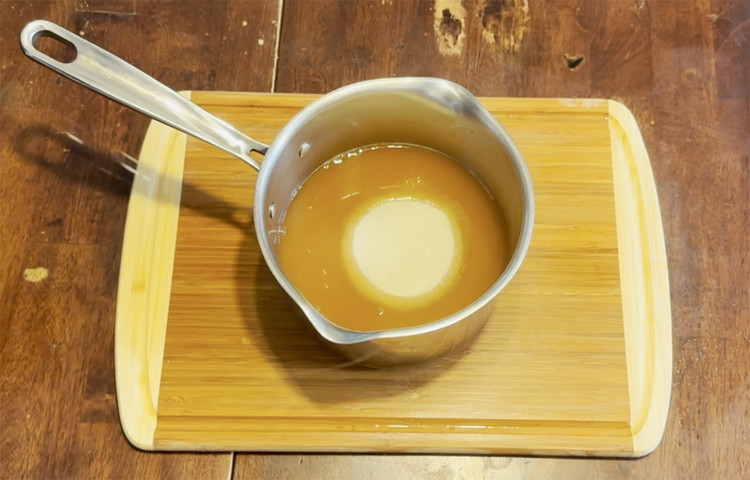
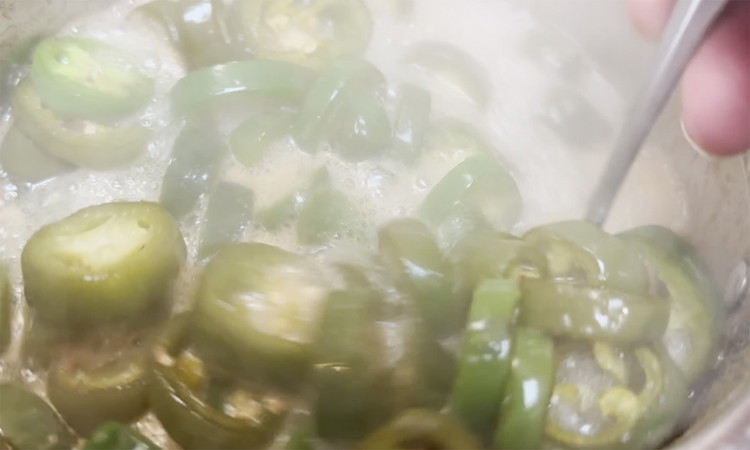
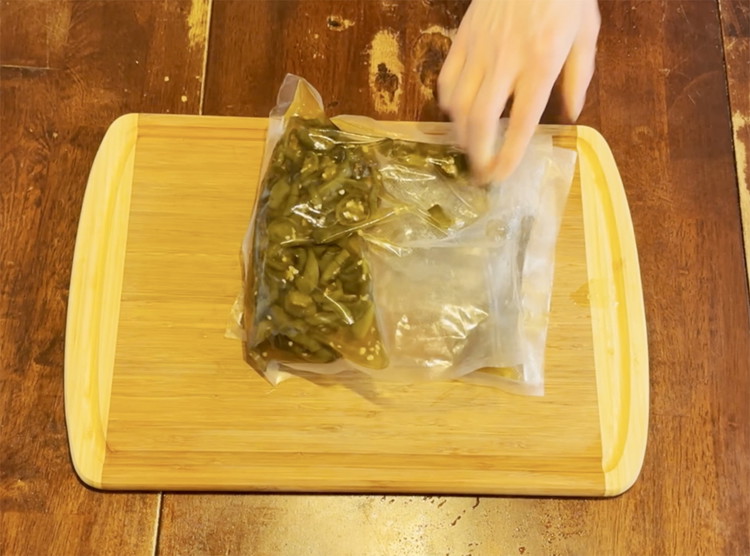

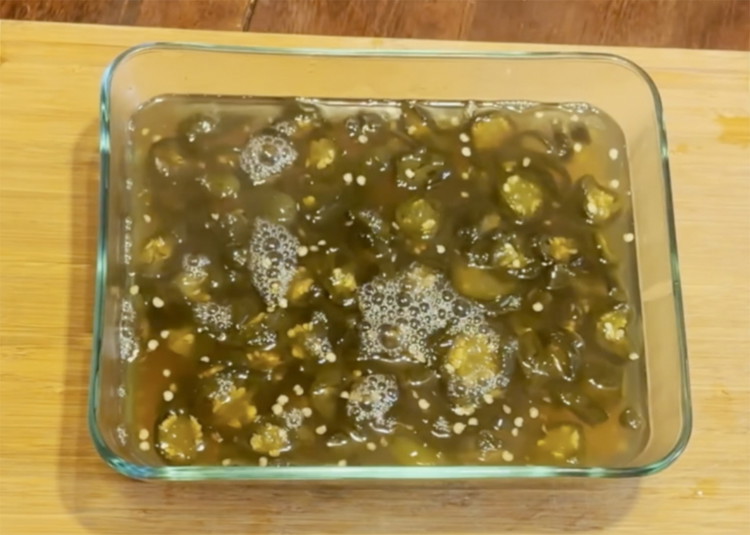
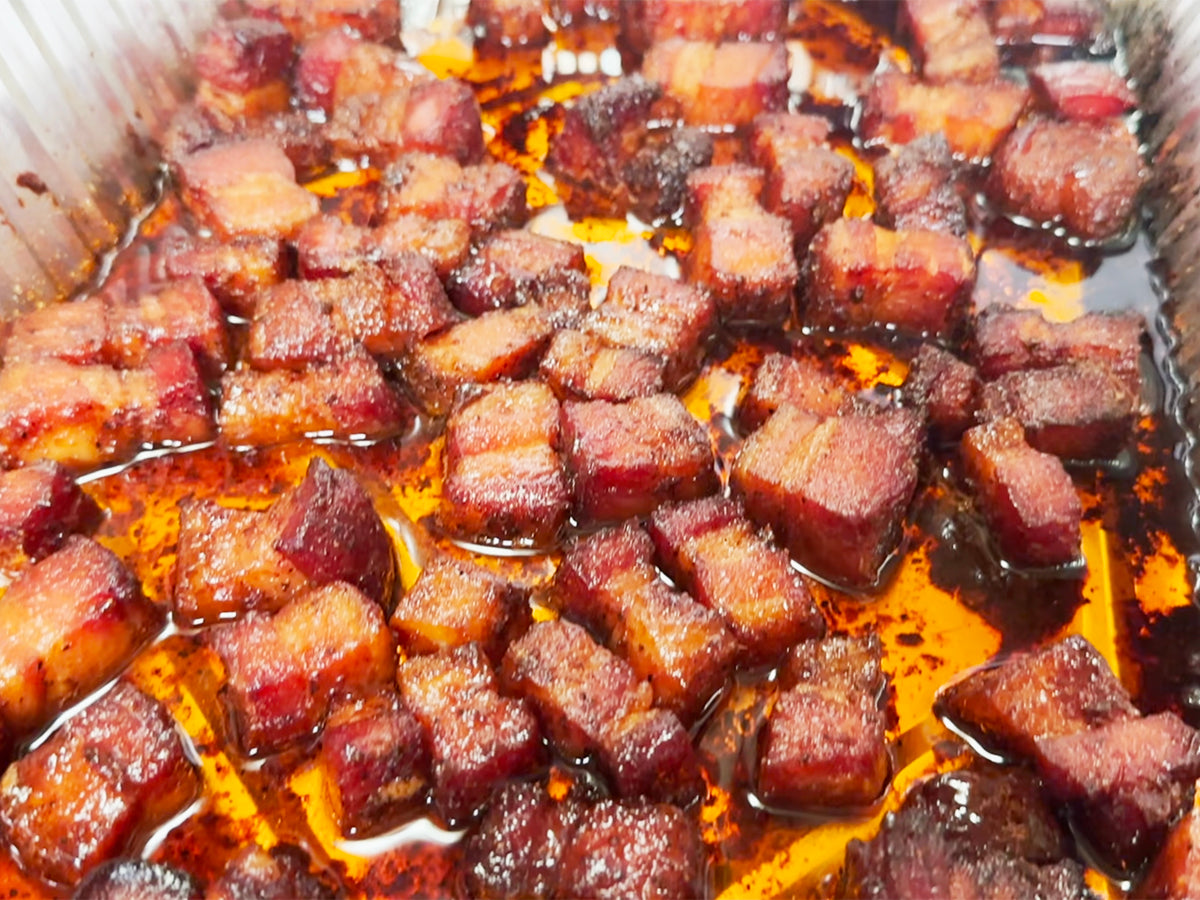
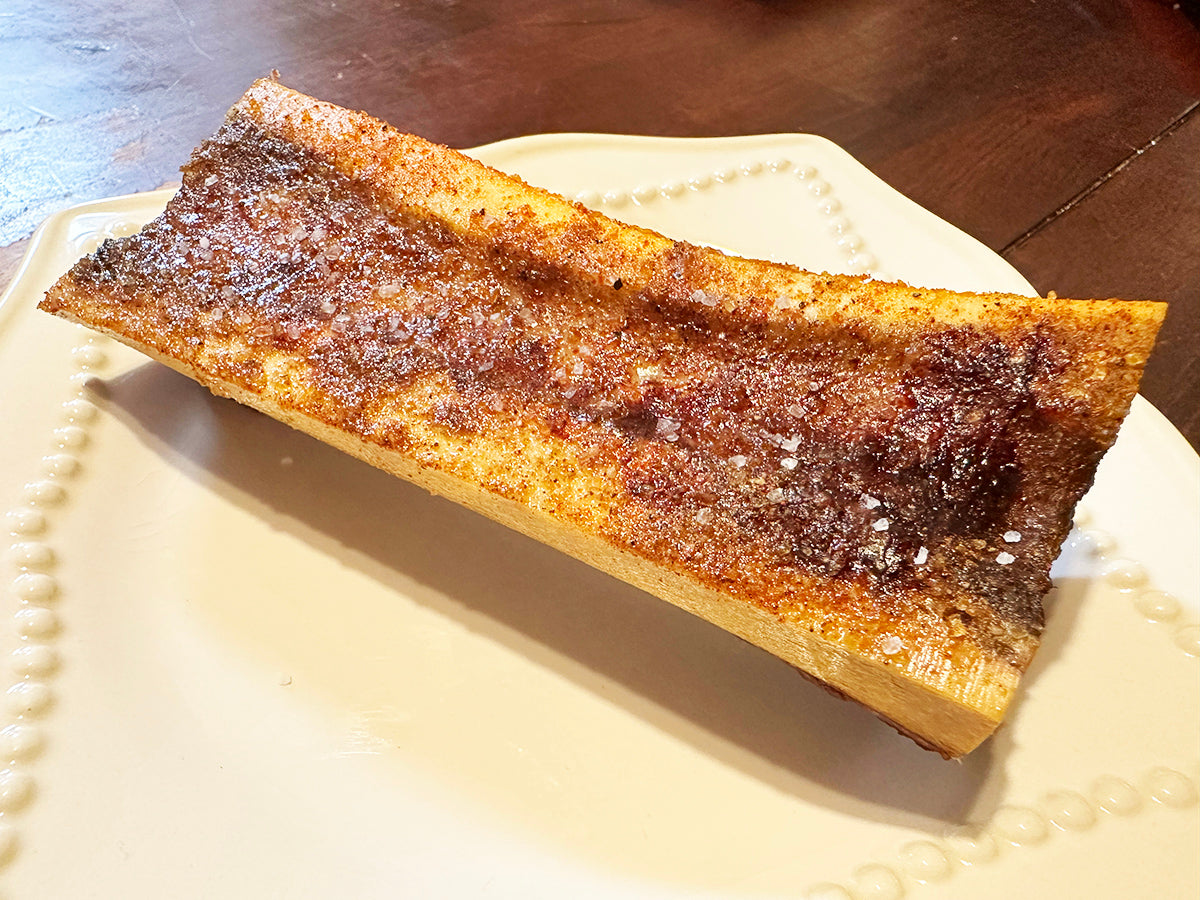

Comments